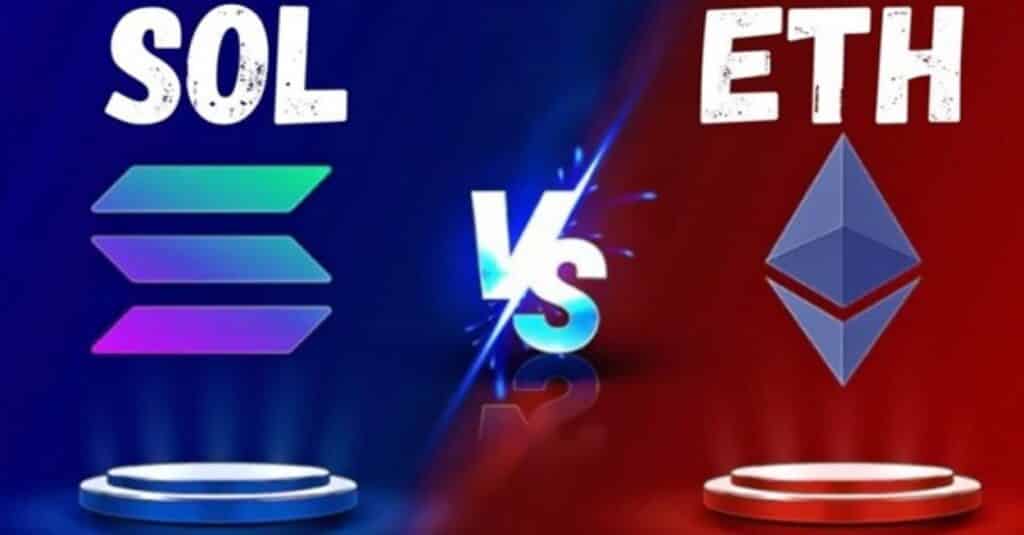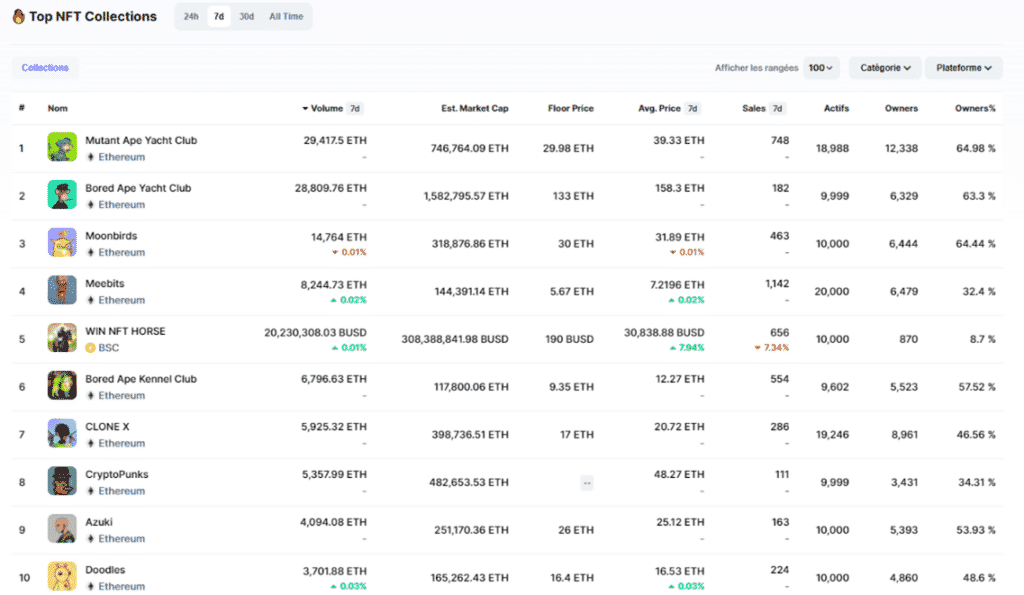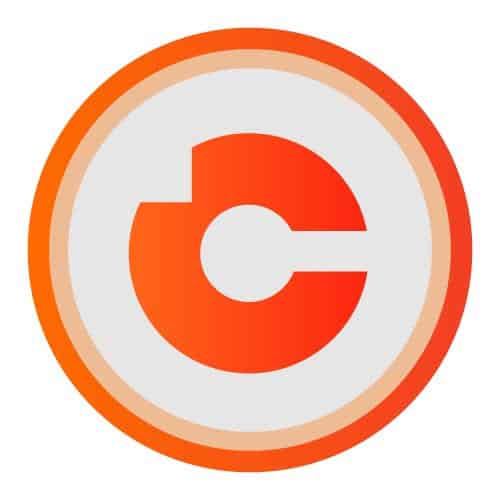The NFTs have been on the rise in the press for more than a year. However, it is surprising to find that a single blockchain dominates very clearly. It hosts a large part of the NFT projects: the Ethereum Network (ETH). We will discuss in this article the hegemony of Ethereum in the mint NFTs, but also the emergence of Solana (SOL) as a credible competitor.

Ethereum, the reference blockchain for issuing NFTs
Just look at the ranking of NFT collections on CoinMarketCap to realize the hegemony of the Ethereum network for the mint from NFT. Indeed, the Top 30 NFT collections in terms of sales volume are only on this network. There are collections such as Mutant Ape Yacht Club, Bored Ape Yacht Club or CryptoPunks. Moreover, according to Messari, the leading provider of intelligence products for the cryptocurrency market, Ethereum accounts for about 84% of NFT’s secondary market volume. For now, only one blockchain dominates the NFT market. But this situation could change…

A situation that could change with the emergence of the Solana network
Since its launch, Solana (SOL) has been presented as a “ Ethereum Killer ». With significantly lower transaction fees and much faster speed, the Solana network could potentially end Ethereum’s hegemony. At the beginning of April, we discussed here the theoretical reasons for the expansion of the use of the Solana blockchain for NFTs. While it will probably take some time before another blockchain dethrones Ethereum on the NFT market, but Solana presents itself as a real alternative for NFTs.

In fact, where is the Solana network at?
The market’s attention is increasingly focused on the opportunity to launch NFT collections on the Solana ecosystem, which is cheaper than that of Ethereum. Solana saw approximately $700 million in secondary sales during the first quarter of 2022, with a 90-day volume growth rate of 3.8%. NFT projects, such as Degenerate Ape, have made it possible to carry out full-scale tests of the scalability of the Solana network. Indeed, the 10,000 monkeys were sold in just 8 minutes. In fine in April, users with NFT on the Solana network had the opportunity to sell on OpenSea. OpenSea is the first NFT marketplace in the world in terms of volume. This news accelerates the number of NFT projects on this blockchain. Indeed, the integration of Solana NFTs on OpenSea significantly expands the range of available NFTs collections. As a reminder, only Ethereum (ETH), Polygon (MATIC) and Klaytn (KLAY) blockchains were previously compatible on the platform.
NFTs certainly have a very promising future in many fields (music, art, fashion etc). However, the question of the network on which NFTs are sold and exchanged could become inevitable for all NFT projects. Indeed, the Solana blockchain is faster and above all less expensive than Ethereum. As for the Polygon blockchain, it is much more environmentally friendly. Thus, it will be interesting to observe in the medium term if the hegemony of Ethereum will decrease in favor of other blockchains such as Solana or Polygon.
Receive a digest of the news in the world of cryptocurrencies by subscribing to our new service of daily and weekly so you don’t miss anything essential Cointribune!

Student passionate about entrepreneurship and fascinated by the technologies behind cryptos! Yes, I am convinced that the two are intimately linked: blockchain and NFTs are revolutionizing many sectors and present unprecedented opportunities.

